World War II (Page 2)
Tweets made by Kazuyoshi Yaginuma, director of the anime Recovery of an MMO Junkie, claim that the Holocaust and Diary of Anne Frank, among other things, are fabrications.
Why you shouldn’t let your prop guy pick any random Japanese names he wants.
Coffeehouse chalkboard encourages customers to think about situations in coffee-growing regions of the world.
Critics say that adding a katana to the insignia is offensively evocative of Japan’s World War II military aggression.
Gyms and PokéStops found near sites including monument to children who died in the atomic blast and from related sickness.
On November 7, 1937, the Los Angeles Examiner published a prescient map predicting how Imperial Japan could attack the US during World War II.
Kyushu event will be iconic aircraft’s first flight in Japan since the end of World War II.
There are a lot of things that shock us about the anime world, but this is one thing that we never expected to see.
Thanks to years of espionage and international intrigue, Hattifatteners and Snufkin were first brought to Japan.
Under the South Pacific sun on December 7, 1941, troops serving the US fleet at Pearl Harbor began a calm Sunday morning unaware that Japanese bombers were headed toward America’s most important Pacific base.
If a picture is worth a thousand words, this color footage of the aftermath of the atomic bombing of Hiroshima should speak entire volumes.
Bomb disposal unit finds remnants of suspected incendiary device at shrine for Japanese war dead in Chiyoda Ward.
Somewhere along the way, people started calling Nissan’s GT-R, the company’s flagship sports car, “Godzilla.” It’s a fitting nickname, since the GT-R is intimidatingly powerful, and also because with a curb weight of 1,740 kilograms (3,836 pounds), it’s not exactly svelte.
Still, one American turning shop thinks there’s an even more apt comparison to be made that to the King of the Monsters, and has created a customized GT-R with its appearance based on the Imperial Japanese military’s World War II Zero fighter plane.
Released from B-29 Superfortress Enola Gay on August 6, 1945 at 8:15 a.m. (Japanese time), the world entered the unprecedented atomic age with the deployment of the most powerful weapon known to man.
Angelina Jolie’s latest war movie, Unbroken, has been facing criticism recently from Japanese conservatives for its portrayals of brutality in World War II prisoner of war camps. While the film hasn’t even been released yet, there are some people who want to make sure it never sees the light of day in Japan.
If you were paying attention during history class, you’ll know all about wartime propaganda and the role it played in “motivating” people during the war effort. It seems like most countries involved got in on a piece of the propaganda action to some degree or other, with anti-Japanese propaganda being just one example.
But what do you think of this picture that has recently been uncovered showing two geisha holding their noses over a picture of former UK prime minister Winston Churchill? And what’s the joke behind it?
History has a way of creating awkward situations for future generations. I can’t think of how many times I’ve attempted friendly conversation by asking a Japanese local where they’re from and been blindsided by the answer, “Hiroshima.” I, with my American perspective, will then fall into this comically long pause as I wonder how appropriate it would be to apologize on behalf of my country for turning their city to dust, but the fact of the matter is that most Japanese people bear absolutely no grudge towards America for the atomic bombings of World War II.
Apparently this is difficult for some Internet users in China to comprehend, as there was recently a thread on one of the country’s most popular bulletin board sites asking “Why doesn’t Japan hate the USA for bombing them with two atomic weapons?” Interestingly, the answers that the thread received probably say more about Chinese people’s lingering disdain for the Japanese than Japan’s view of America.
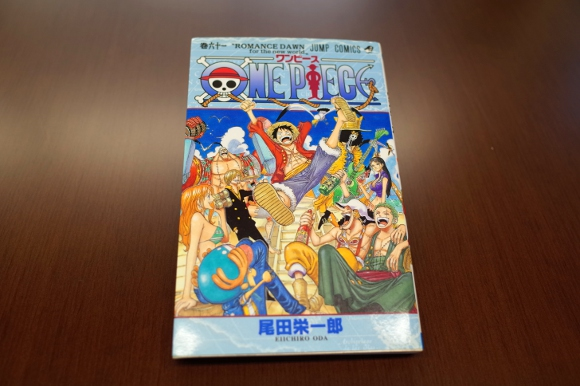
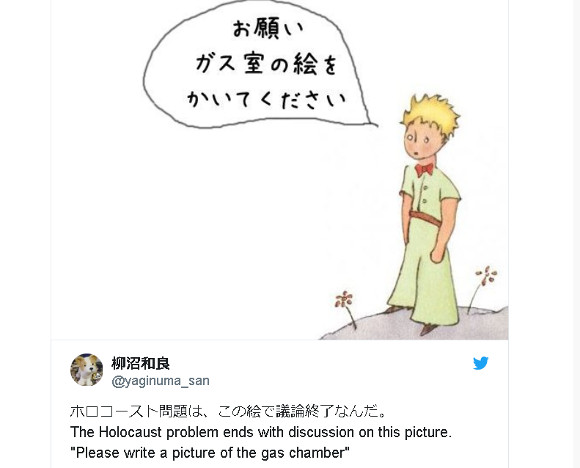
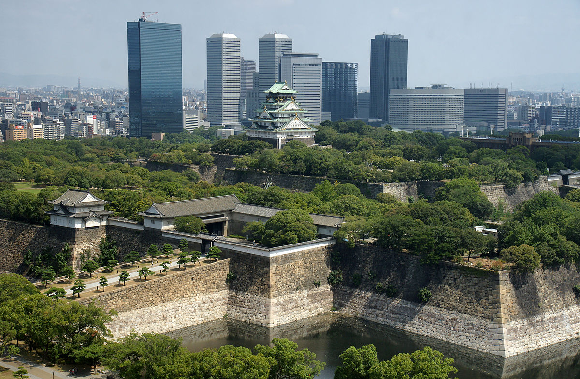

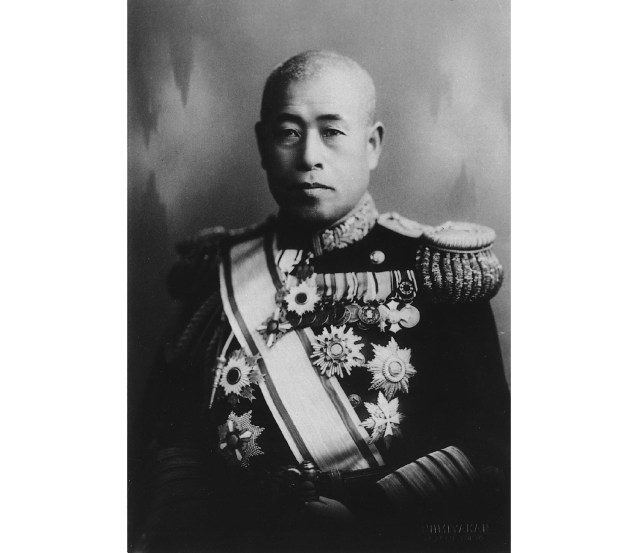
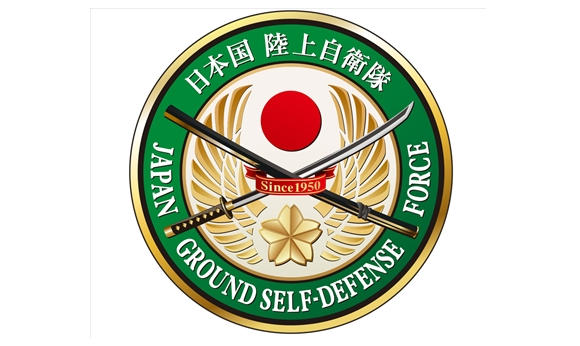
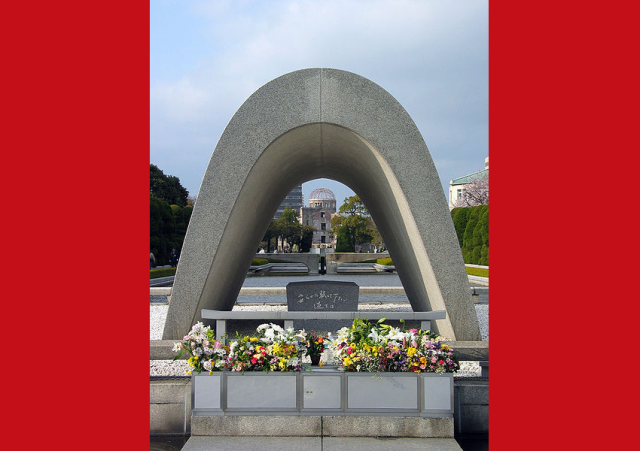
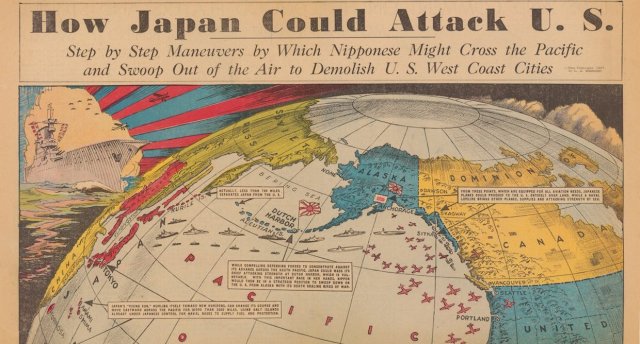
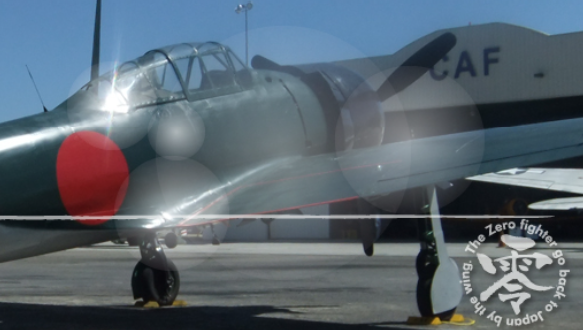
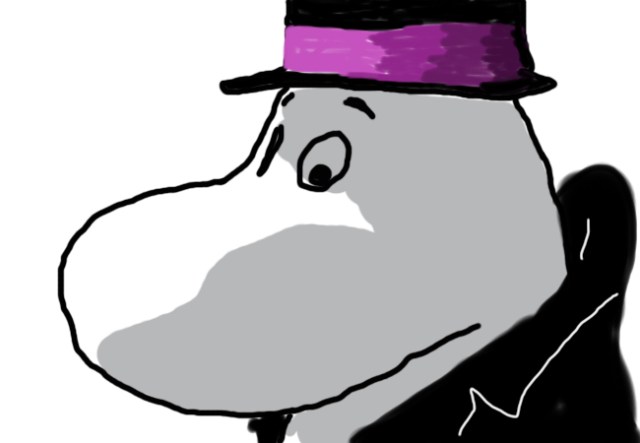
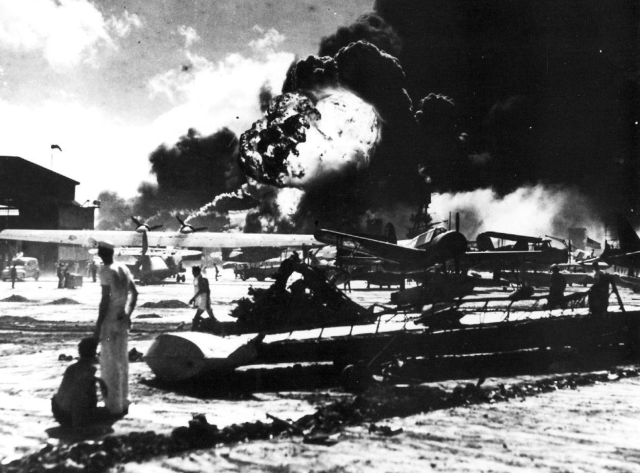

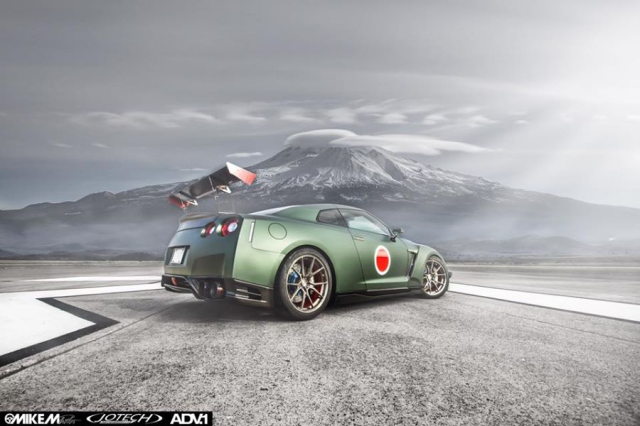
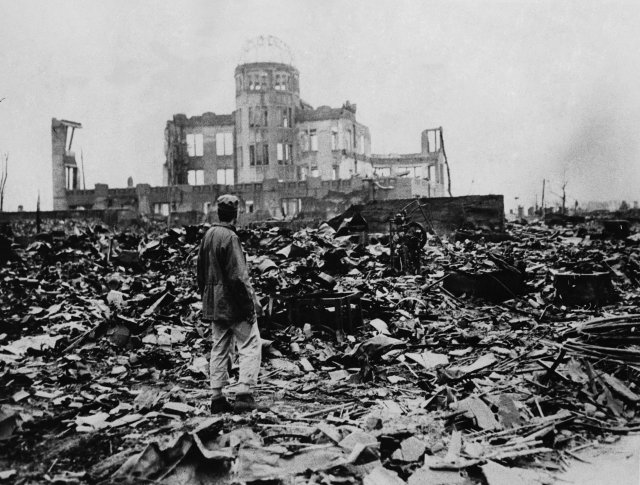

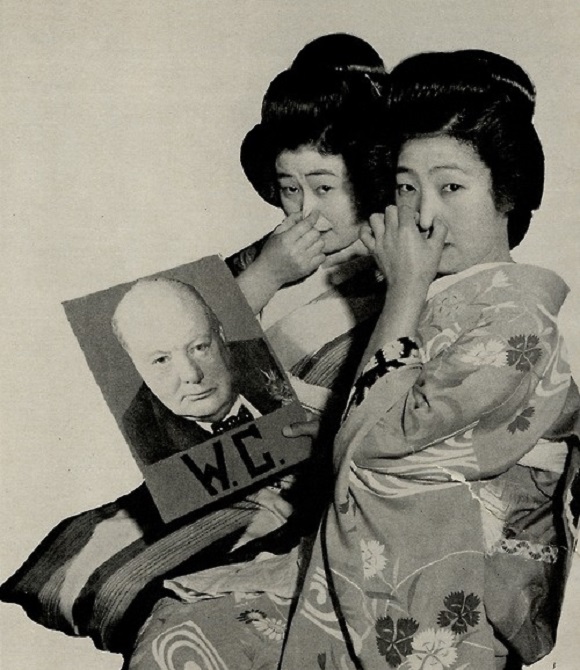
 Hello Kitty Choco Egg figures are an adorable trip through three periods of Japanese pop culture【Pics】
Hello Kitty Choco Egg figures are an adorable trip through three periods of Japanese pop culture【Pics】 We found possibly the quietest Japanese-style hotel in Tokyo’s bustling Shinjuku district
We found possibly the quietest Japanese-style hotel in Tokyo’s bustling Shinjuku district Kagoshima conveyor belt sushi chain Mekkemon rises above the rest with its special secret weapon
Kagoshima conveyor belt sushi chain Mekkemon rises above the rest with its special secret weapon Our Halloween hype explodes at Domino’s Japan with the reimagined Volcano Pizza
Our Halloween hype explodes at Domino’s Japan with the reimagined Volcano Pizza What happens when a guy goes to a Japanese women’s swimsuit store and asks for their best bikini?
What happens when a guy goes to a Japanese women’s swimsuit store and asks for their best bikini? Free bus tours of Japan’s famous “Disaster Prevention Underground Temple” underway
Free bus tours of Japan’s famous “Disaster Prevention Underground Temple” underway This gachapon capsule machine dispenses real Akoya pearls, with certificates of authenticity
This gachapon capsule machine dispenses real Akoya pearls, with certificates of authenticity Japan’s oldest largetooth sawfish in captivity back on display in Mie Prefecture
Japan’s oldest largetooth sawfish in captivity back on display in Mie Prefecture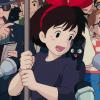 Studio Ghibli reveals real reason why Jiji stops talking at the end of Kiki’s Delivery Service
Studio Ghibli reveals real reason why Jiji stops talking at the end of Kiki’s Delivery Service Large amount of supposed human organs left in Osaka marketplace
Large amount of supposed human organs left in Osaka marketplace Starbucks Japan ready to get Year of the Horse started with adorable drinkware and plushies【Pics】
Starbucks Japan ready to get Year of the Horse started with adorable drinkware and plushies【Pics】 7-Eleven Japan’s ramen-cooking robot whipped us up a bowl of noodles【Taste test】
7-Eleven Japan’s ramen-cooking robot whipped us up a bowl of noodles【Taste test】 Lacquerware supplier to emperor of Japan and Pokémon team up for new tableware
Lacquerware supplier to emperor of Japan and Pokémon team up for new tableware Cyberpunk anime meets traditional culture in Ghost in the Shell gold leaf Japanese changing screens
Cyberpunk anime meets traditional culture in Ghost in the Shell gold leaf Japanese changing screens 7 great places to see Mt. Fuji from without having to climb it
7 great places to see Mt. Fuji from without having to climb it Japan may add Japanese language proficiency, lifestyle classes to permanent foreign resident requirements
Japan may add Japanese language proficiency, lifestyle classes to permanent foreign resident requirements Japan’s otoshidama tradition of giving kids money at New Year’s gets a social welfare upgrade
Japan’s otoshidama tradition of giving kids money at New Year’s gets a social welfare upgrade Starbucks Japan releases new zodiac chilled cup drink for 2026
Starbucks Japan releases new zodiac chilled cup drink for 2026 Can a dirty butthole make you filthy rich in Japan? We’re starting a New Year’s lottery experiment
Can a dirty butthole make you filthy rich in Japan? We’re starting a New Year’s lottery experiment 7-Eleven Japan starts new temporary luggage storage service in over 300 branches
7-Eleven Japan starts new temporary luggage storage service in over 300 branches Disillusionment at Tsukiji’s tourist-target prices led us to a great ramen restaurant in Tokyo
Disillusionment at Tsukiji’s tourist-target prices led us to a great ramen restaurant in Tokyo Starbucks teams up with 166-year-old Kyoto doll maker for Year of the Horse decorations【Photos】
Starbucks teams up with 166-year-old Kyoto doll maker for Year of the Horse decorations【Photos】 Tokyo considering law requiring more trash cans following litter increase in heavily touristed area
Tokyo considering law requiring more trash cans following litter increase in heavily touristed area Tokyo’s Tsukiji sushi neighborhood asks tour groups to stay away for the rest of the month
Tokyo’s Tsukiji sushi neighborhood asks tour groups to stay away for the rest of the month Nintendo’s Kirby now delivering orders at Kura Sushi restaurants, but not in Japan
Nintendo’s Kirby now delivering orders at Kura Sushi restaurants, but not in Japan Tokyo event lets you travel back in time, for free, to celebrate 100 years since Showa era start
Tokyo event lets you travel back in time, for free, to celebrate 100 years since Showa era start Sanrio theme park in Japan announces plans to expand into a Sanrio resort
Sanrio theme park in Japan announces plans to expand into a Sanrio resort Stamina-destroying “Paralysis Noodles” are Tokyo’s newest over-the-top ramen innovation
Stamina-destroying “Paralysis Noodles” are Tokyo’s newest over-the-top ramen innovation Survey asks foreign tourists what bothered them in Japan, more than half gave same answer
Survey asks foreign tourists what bothered them in Japan, more than half gave same answer Japan’s human washing machines will go on sale to general public, demos to be held in Tokyo
Japan’s human washing machines will go on sale to general public, demos to be held in Tokyo Japan’s deadliest food claims more victims, but why do people keep eating it for New Year’s?
Japan’s deadliest food claims more victims, but why do people keep eating it for New Year’s? We deeply regret going into this tunnel on our walk in the mountains of Japan
We deeply regret going into this tunnel on our walk in the mountains of Japan Studio Ghibli releases Kodama forest spirits from Princess Mononoke to light up your home
Studio Ghibli releases Kodama forest spirits from Princess Mononoke to light up your home Major Japanese hotel chain says reservations via overseas booking sites may not be valid
Major Japanese hotel chain says reservations via overseas booking sites may not be valid Put sesame oil in your coffee? Japanese maker says it’s the best way to start your day【Taste test】
Put sesame oil in your coffee? Japanese maker says it’s the best way to start your day【Taste test】 No more using real katana for tourism activities, Japan’s National Police Agency says
No more using real katana for tourism activities, Japan’s National Police Agency says Starbucks Japan reveals new sakura drinkware collection, inspired by evening cherry blossoms
Starbucks Japan reveals new sakura drinkware collection, inspired by evening cherry blossoms Updated cherry blossom forecast shows extra-long sakura season for Japan this year
Updated cherry blossom forecast shows extra-long sakura season for Japan this year Free bus tours of Japan’s famous “Disaster Prevention Underground Temple” underway
Free bus tours of Japan’s famous “Disaster Prevention Underground Temple” underway This gachapon capsule machine dispenses real Akoya pearls, with certificates of authenticity
This gachapon capsule machine dispenses real Akoya pearls, with certificates of authenticity Japan’s oldest largetooth sawfish in captivity back on display in Mie Prefecture
Japan’s oldest largetooth sawfish in captivity back on display in Mie Prefecture Studio Ghibli reveals real reason why Jiji stops talking at the end of Kiki’s Delivery Service
Studio Ghibli reveals real reason why Jiji stops talking at the end of Kiki’s Delivery Service Large amount of supposed human organs left in Osaka marketplace
Large amount of supposed human organs left in Osaka marketplace Limited edition “Spirited Away” Seiko watch is beautiful combination of technology and anime
Limited edition “Spirited Away” Seiko watch is beautiful combination of technology and anime A Japanese dating app matched our bachelorette with a Buddhist monk, and she learned some things
A Japanese dating app matched our bachelorette with a Buddhist monk, and she learned some things Japanese sweets artist makes incredible Pokémon cake for son’s birthday
Japanese sweets artist makes incredible Pokémon cake for son’s birthday Starbucks Japan releases new zodiac chilled cup drink for 2026
Starbucks Japan releases new zodiac chilled cup drink for 2026 Flipping genius? Japan is getting a new flip phone/smartphone hybrid【Photos】
Flipping genius? Japan is getting a new flip phone/smartphone hybrid【Photos】 Best breakfast in Akihabara? Might be the breakfast buffet at this “family restaurant”
Best breakfast in Akihabara? Might be the breakfast buffet at this “family restaurant” Princesses, fruits, and blacksmiths: Study reveals the 30 most unusual family names in Japan
Princesses, fruits, and blacksmiths: Study reveals the 30 most unusual family names in Japan More Than a Capsule Stay: Why Solo Travelers Choose “global cabin Yokohama Chinatown”
More Than a Capsule Stay: Why Solo Travelers Choose “global cabin Yokohama Chinatown”